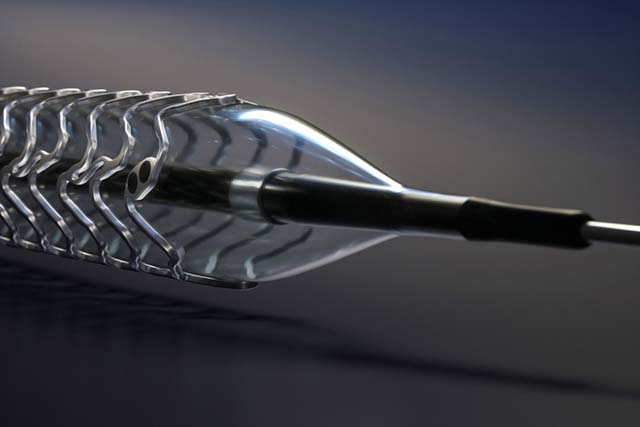
Preliminary data from the BIOSOLIVE-IV registry are consistent with the favourable safety outcomes seen with the magnesium bioresorbable scaffold (Magmaris, Biotronik) in previous studies (BIOSOLVE-II and BIOSOLVE-III). Investigators Stefan Verheye (Cardiovascular Center ZNA Middelheim, Antwerp, Belgium) and others say that these findings confirm that the device is associated with a low rate of target lesion failure and is safe to use in clinical practice.
Writing in EuroIntervention, Verheye et al report that Magmaris received CE mark approval in 2016 and “it was paramount to test this device in clinical routine to ensure a safe roll-out of this technology”. They add that BIOSOLVE-IV is an international, single-arm, multicentre registry conducted in 86 centres. The present study reviewed the first 400 patients (with 425 lesions) enrolled.
Referencing the “predilatation, appropriate vessel sizing, and high-pressure postdilatation” approach that was advocated for Abbott’s bioresorbable vascular scaffold (Absorb) before it was taken off the market, the authors note that “predilatation using a non-compliant balloon with a 1:1 balloon-to-artery ratio was mandatory”. Furthermore, according to Verheye et al, both pre- and postdilatation was performed in nearly all patients in the study.
At 12 months, the rate of target lesion failure was 4.3% driven by clinically driven target lesion revascularisation. The authors claim that this target lesion failure result was “comparable to the new-generation, permanent drug-eluting stents”, also observing that no cases of cardiac death were reported.
However, Verheye et al comment: “One definite scaffold thrombosis occurred in our series [10 days after the implant procedure], which is the first definite scaffold thrombosis in the 584 patients published to date”. They state that the thrombosis developed after cessation of dual antiplatelet therapy (DAPT) and, thus, emphasises “that DAPT in the early days after Magmaris implantation is as important as after drug-eluting stent implantation”.
“Our outcomes are also within the range of objective performance criteria for new generation stents as postulated by the European Society of Cardiology/European Association of Percutaneous Cardiovascular Interventions’ task force, namely 2.9% target lesion failure and 0.47% definite stent thrombosis at nine to 12-month follow-up,” the authors write.
They conclude: “The preliminary analysis after 400 patients enrolled in the BIOSOLVE IV real-world registry confirms the safe roll-out of a magnesium-based bioresorbable scaffold into clinical practice with low target lesion failure rates and only one scaffold thrombosis after DAPT cessation.”
Verheye told Cardiovascular News: “Bioresorbable scaffolds complement our armamentarium particularly for patients with long life-expectancy. To assure patients’ safety, the implantation guidelines should be meticulously adhered to.”












